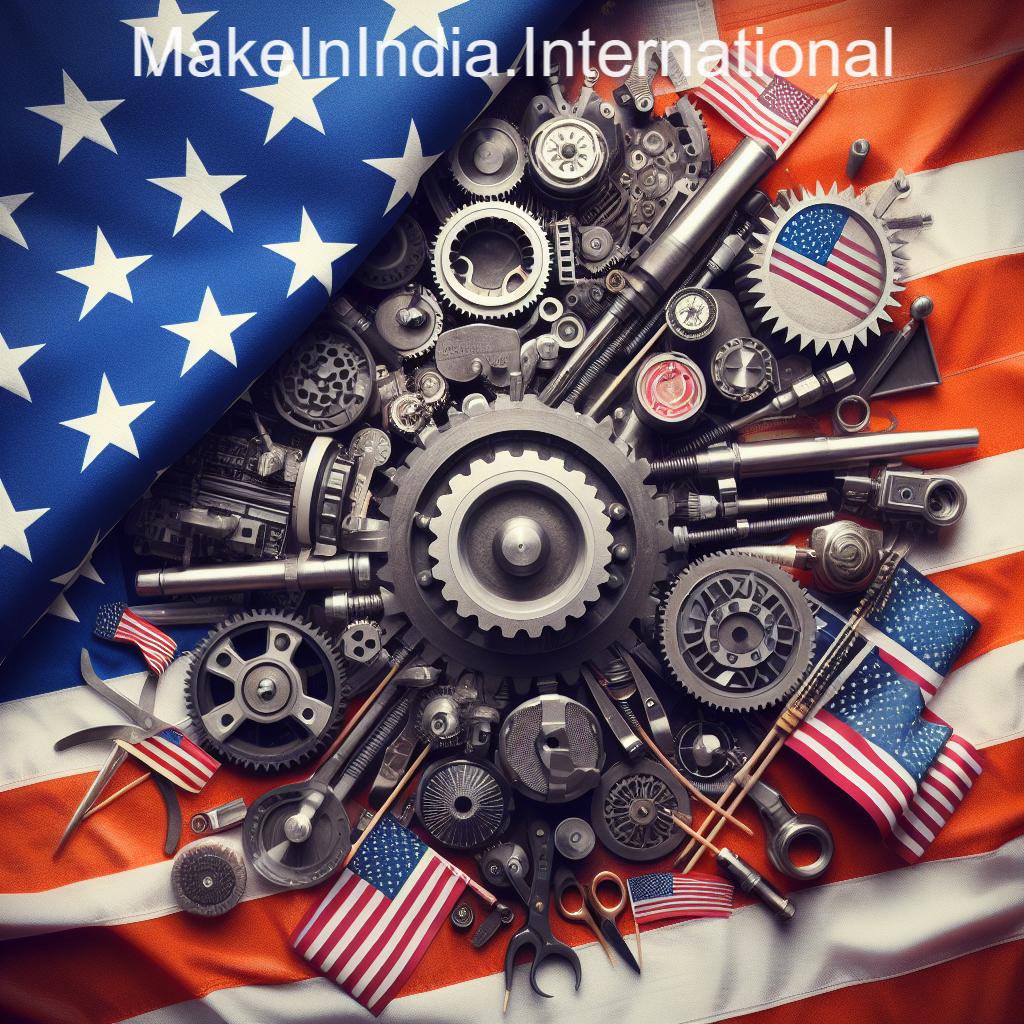Investing in a foreign market like India sparks a whirlwind of questions. As an international stakeholder, navigating Make in India might seem daunting, but this FAQ corner aims to dispel the mist and illuminate your path.

Investment Climate:
Q: Is India open for foreign investment?
A: Absolutely! Make in India actively welcomes foreign investment across various sectors. Numerous policies like PLIs and SEZs offer incentives and streamlined processes to make your entry and operations smooth.
Q: What are the regulatory hurdles I might face?
A: Streamlining regulations is an ongoing process. While complexities might exist, the government is committed to improving ease of doing business through reforms and digital initiatives. Seek expert guidance to navigate the paperwork and permits.
Q: Is intellectual property protected in India?
A: India has robust intellectual property laws and international treaties in place to safeguard technological innovations. However, staying informed about recent amendments and seeking legal advice are crucial.
Market Opportunities:
Q: Which sectors hold the most potential for foreign investors?
A: From automobiles and pharmaceuticals to electronics and green energy, India’s diverse economy offers ample opportunities. Analyze PLI schemes to identify priority sectors and conduct in-depth market research for targeted investments.
Q: Can I source raw materials and components locally?
A: India is developing its domestic supply chains, but certain materials might need import. Government initiatives like Make in India 2.0 and PLIs prioritize local sourcing, creating a promising outlook for domestic suppliers.
Q: How can I access a skilled workforce in India?
A: The government’s skill development mission is bridging the gap. Collaborate with universities and training institutes, explore government skill initiatives, and consider building in-house training programs to address your specific needs.
Sustainability Concerns:
Q: How committed is India to sustainable manufacturing?
A: Green Make in India is gaining momentum. Initiatives like renewable energy integration, circular economy practices, and responsible sourcing are gaining traction. Partner with companies embracing sustainability to align your ventures with national goals.
Q: Can I be sure my operations won’t pollute the environment?
A: Environmental regulations are becoming stricter. Analyze existing laws, assess the environmental impact of your proposed venture, and implement best practices to ensure clean and sustainable operations.

Future Outlook:
Q: What are the long-term prospects for foreign investors in India?
A: India’s young population, rising disposable income, and focus on digitalization paint a promising picture. By partnering with the right resources and adapting to the evolving business landscape, you can tap into a thriving market with immense potential.
Q: How can I stay updated on policy changes and market trends?
A: Actively engage with government platforms, industry associations, and business networking groups. Attend conferences, subscribe to relevant publications, and leverage online resources to stay informed and adapt your strategies.
Remember:
- Open communication and building trust with your Indian partners are key to overcoming initial hurdles and fostering successful collaborations.
- Be prepared for cultural differences and embrace the dynamic nature of the Indian business environment.
- Don’t hesitate to seek support from government agencies, industry experts, and fellow investors to navigate your journey with confidence.
Make in India presents a gateway to a vibrant and growing market. By addressing your concerns and harnessing the available resources, you can embark on a rewarding investment journey and contribute to India’s manufacturing prowess. So, step into the FAQ corner, shed your uncertainties, and unlock the vast potential of Make in India.